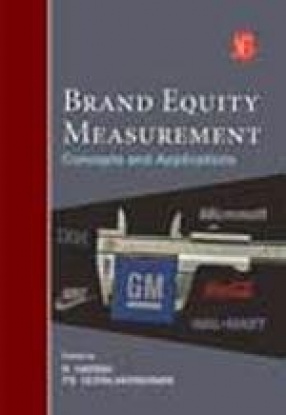Of late, companies have recognized the inherent value of their intangible assets like brands, patents, copyrights, intellectual capital etc. In a study, PricewaterhouseCoopers has found that a significant portion of a company’s value (as large as 60%) belongs to the intangible category. For many companies, the authors feel that brands contribute heavily to their value but this is not reflected in the financial records. ‘Brand equity’ is the value built-up in a brand due to the positive perceptions of customers. As there is a proliferation of brands in the marketplace, companies try to protect their brand equity by suitable brand differentiation and other means. Marketers look for reliable brand equity measurement tools so as to manage their brands in a profitable manner. Several reputed brand consulting firms and advertising agencies have developed various brand equity measurement models that can measure the qualitative (customer awareness, acquaintance, association, etc) and the quantitative valuations (based on the data related to past sales and revenue pertaining to the brand). Brand equity measurements reflect the present status and future growth potential of the brand. Though brand equity measurement has its several uses, it does not make a brand more valuable or less risky. This book provides an insight into some of the widely used proprietary brand equity measurement models from reputed firms such as Young and Rubicam, Millward Brown, Interbrand, BBDO, Brand Finance, Ipsos, M/A/R/C Research, Research International and ACNielsen, along with the theoretical models like David Aaker’s Brand Equity Ten and Kevin Lane Keller’s Customer-Centric Brand Equity Model.
Outward Foreign Direct Investment: Issues and Perspectives
Foreign Direct Investment ...
$31.50
$35.00











There are no reviews yet.